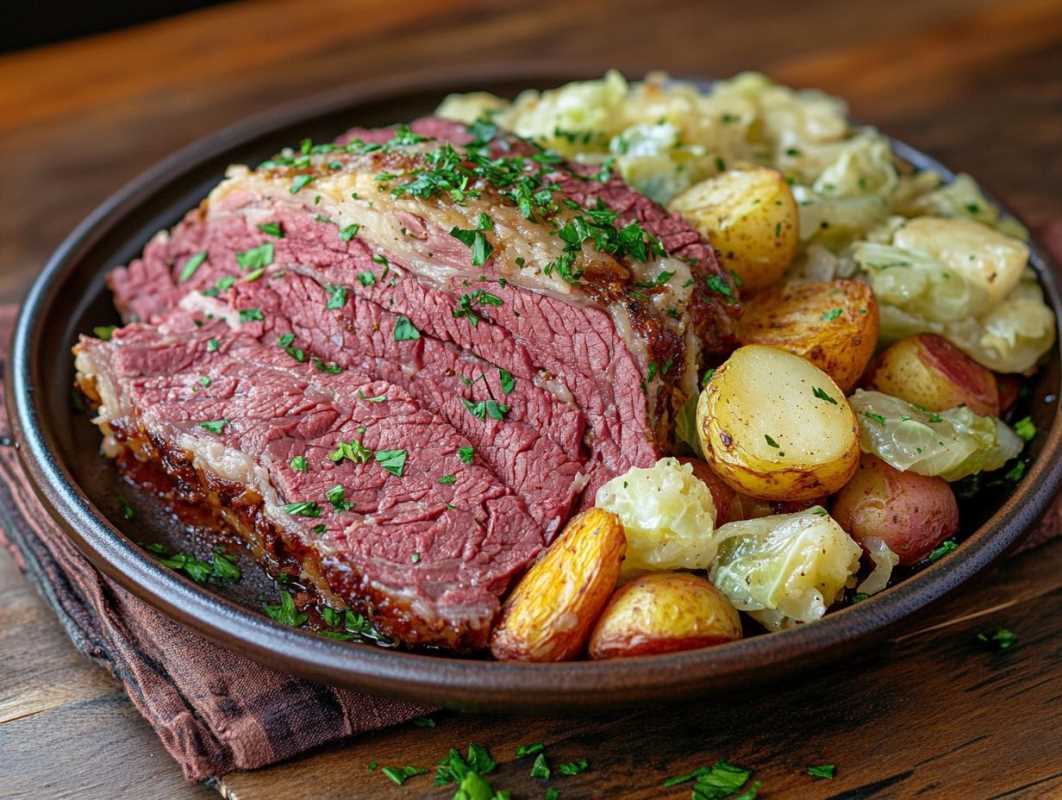North African cuisine is a vibrant tapestry of flavors, aromas, and traditions. It offers a culinary experience that’s as colorful as the bustling markets of Marrakech and as comforting as a cozy evening around the dinner table. Centered around fresh ingredients, warm spices, and centuries-old techniques, this region’s food celebrates a rich cultural heritage.
Today, we’re taking a flavorful tour through North Africa to explore two iconic dishes, tagines and couscous. We’ll also introduce you to some of the common ingredients that make this cuisine so special and share tips for bringing these bold flavors into your own kitchen.
Common North African Ingredients
The magic of North African food lies in its spices, aromatics, and unique flavor enhancers. These pantry staples are the foundation of many classic recipes and add depth to the simplest of dishes.
Preserved Lemons
Preserved lemons are the soul of North African cooking, offering an intense lemony flavor that’s both salty and slightly tangy. Traditional recipes call for whole lemons preserved in salt and their own juices for weeks, resulting in a soft and intensely aromatic ingredient. They’re often used in tagines, salads, and marinades and are fantastic for adding brightness to rich, slow-cooked meals. If you’ve never tried preserved lemons, they’re a game-changer in recipes like chicken with olives or fish stews.
Harissa
Harissa is a fiery, flavorful chili paste beloved across North Africa. Made from chili peppers, garlic, olive oil, and spices like cumin and coriander, harissa is deeply versatile. It can add a kick of heat to soups, spice up grilled meats, or even serve as a dip for fresh bread. For those who prefer a milder experience, you can fold a small amount into yogurt or mayonnaise for a gentler harissa sauce that’s perfect for drizzling on roasted vegetables.
Saffron
Known as the “golden spice,” saffron is used sparingly in North African cuisine but adds a luxurious layer of flavor and aroma wherever it appears. Often used to enhance rice or couscous, its earthy sweetness and vibrant yellow color elevate dishes like no other spice can. A little goes a long way, so don’t be afraid to splurge on your first jar. You’ll be thankful for it when your kitchen smells divine.
Ras el Hanout
This complex spice blend, whose name means “head of the shop” in Arabic, is a signature of North African cooking. Every blend is different, often including cinnamon, cardamom, nutmeg, cumin, turmeric, and even dried rose petals. Ras el Hanout is the perfect seasoning for tagines, roasted meats, or even a simple bowl of roasted carrots. Its balance of earthy and sweet spices is what gives so many dishes their signature North African flavor.
Couscous
While technically a dish in itself, couscous is also a staple ingredient in North African cuisine. These tiny semolina granules are the ultimate blank canvas for any meal. Quick to cook and endlessly adaptable, couscous pairs beautifully with roasted vegetables, stews, grilled meats, or simply with a drizzle of olive oil and lemon juice.
Now that we’ve covered the building blocks, it’s time to dig into some recipes.
Classic Tagine Recipe
Tagines are slow-cooked stews named after the conical clay pot they’re traditionally cooked in. These stews are all about layering flavors, with the heat of spices, the sweetness of dried fruits, and the savory depth of meat or vegetables coming together in perfect harmony. If you don’t have a tagine pot, don’t worry! A Dutch oven or heavy-bottomed pot works just as well.
Ingredients
- 2 lbs (900g) chicken thighs or leg quarters
- 2 tbsp olive oil
- 1 large onion, finely chopped
- 3 garlic cloves, minced
- 1 tsp ground cinnamon
- 1 tsp ground ginger
- 1 tsp turmeric
- 1 tsp paprika
- 1/2 tsp cayenne pepper (optional)
- 1 cup chicken stock or water
- 2 preserved lemons, quartered and seeds removed
- 1/2 cup green or Kalamata olives
- 1/2 cup dried apricots (or golden raisins)
- 2 tbsp honey
- Fresh cilantro, chopped, for garnish
Instructions
- Sear the Chicken
- Heat olive oil in a tagine or Dutch oven over medium-high heat. Season the chicken with salt and pepper, then sear on all sides until golden brown, about 6-8 minutes. Remove from the pot and set aside.
- Build the Base
- Lower the heat to medium and add the onions, cooking for 5 minutes until softened. Stir in the garlic, cinnamon, ginger, turmeric, paprika, and cayenne, cooking for another minute to release the spices’ aroma.
- Simmer
- Return the chicken to the pot, then pour in the chicken stock. Add preserved lemons, olives, apricots, and honey. Bring to a simmer, cover, and reduce the heat to low. Cook for about 1 hour, or until the chicken is tender and the flavors have melded.
- Serve and Garnish
- Sprinkle chopped cilantro over the dish and serve with a side of couscous or flatbread to soak up the sauce.
Light and Flavorful Couscous Recipe
Couscous may be small, but it packs a culinary punch. This recipe keeps it simple, showcasing the fluffy texture and allowing the addition of your favorite veggies or proteins to take center stage.
Ingredients
- 1 1/2 cups couscous
- 2 cups boiling water or chicken stock
- 2 tbsp olive oil
- 1/4 cup almonds, toasted and chopped
- 1/4 cup dried cranberries or raisins
- Zest and juice of 1 lemon
- 1/4 cup fresh parsley, chopped
- Salt and pepper, to taste
Instructions
- Cook the Couscous
- Place the couscous in a large, heatproof bowl. Pour over the boiling water or chicken stock, cover, and let sit for 5 minutes. Once the liquid is absorbed, fluff the couscous with a fork.
- Add Flavor
- Stir in olive oil, almonds, cranberries, lemon zest, and juice. Season with salt and pepper to taste.
- Finish with Herbs
- Fold in the parsley for a burst of freshness before serving. Pair this couscous with your tagine or serve it as a standalone side dish with roasted veggies.
Tips for Bringing North African Flavors Home
You don’t have to make an elaborate tagine or couscous platter every night to enjoy North African cuisine. Here are a few ways to incorporate these flavors into everyday cooking:
- Marinades: Blend preserved lemons, garlic, harissa, and olive oil for a bold marinade for chicken or fish.
- Spice Up Vegetables: Roast your favorite veggies with olive oil and a sprinkle of Ras el Hanout for an easy, flavorful side dish.
- Quick Couscous Bowls: Top cooked couscous with protein (like grilled shrimp or chickpeas) and toss with a simple harissa dressing for a nourishing, weeknight meal.
- Harissa Kick: Stir a spoonful of harissa into soups, stews, or even scrambled eggs for a spicy boost.
- Saffron Rice: Add a pinch of saffron to your rice cooking water for an aromatic and colorful upgrade to plain rice.
North African food is bold, fragrant, and utterly captivating, offering something for every type of eater. From richly spiced meat and vegetable dishes to fresh salads and couscous bowls, there are endless possibilities for incorporating North African flavors into your cooking.
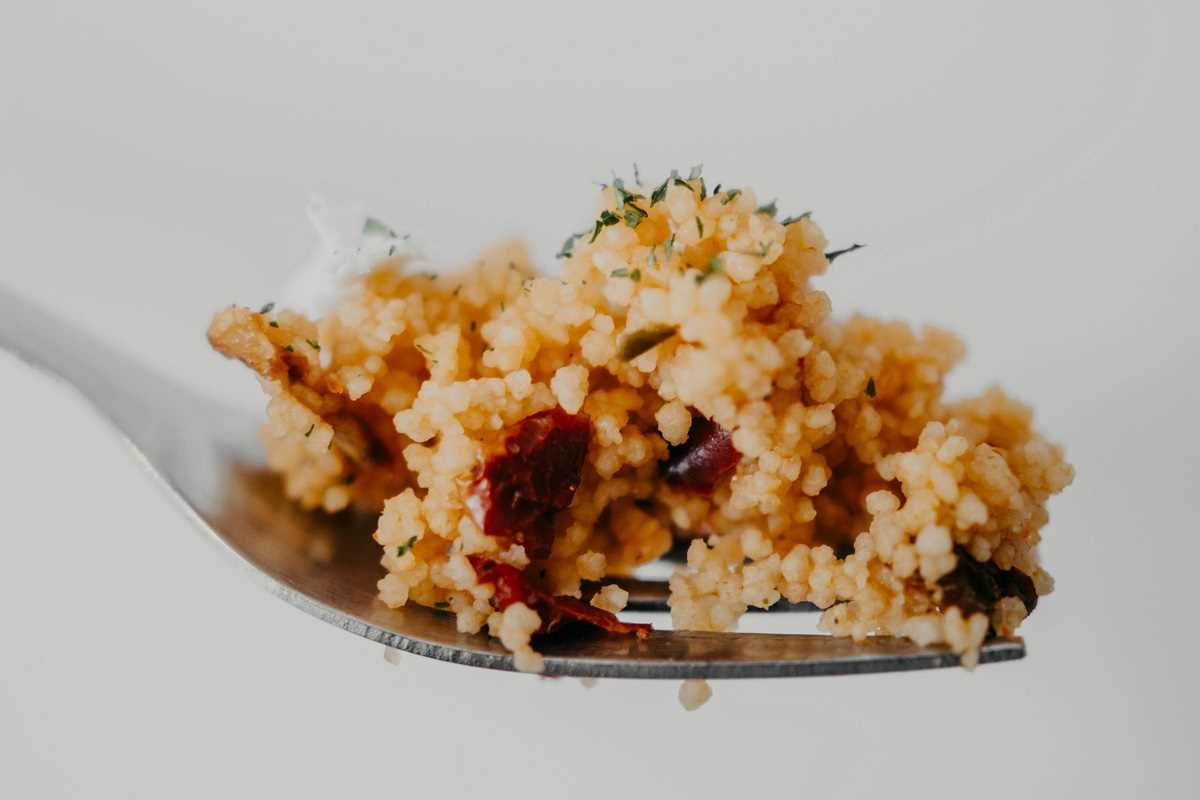 (Image via
(Image via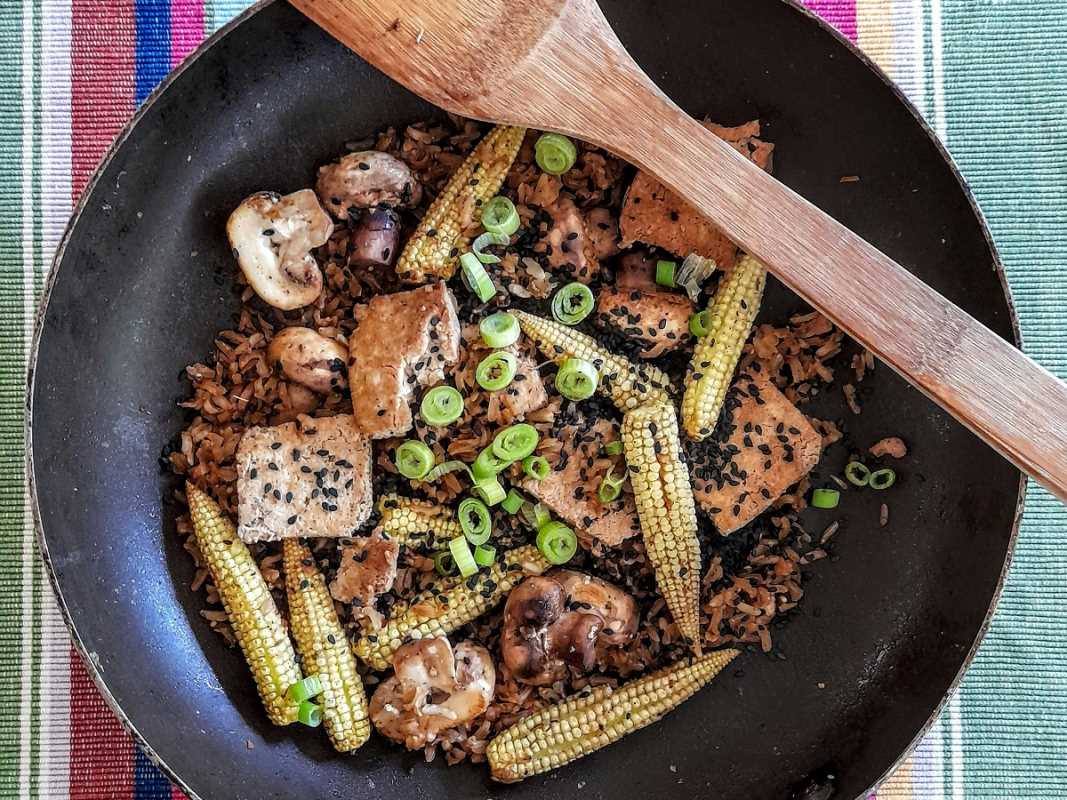
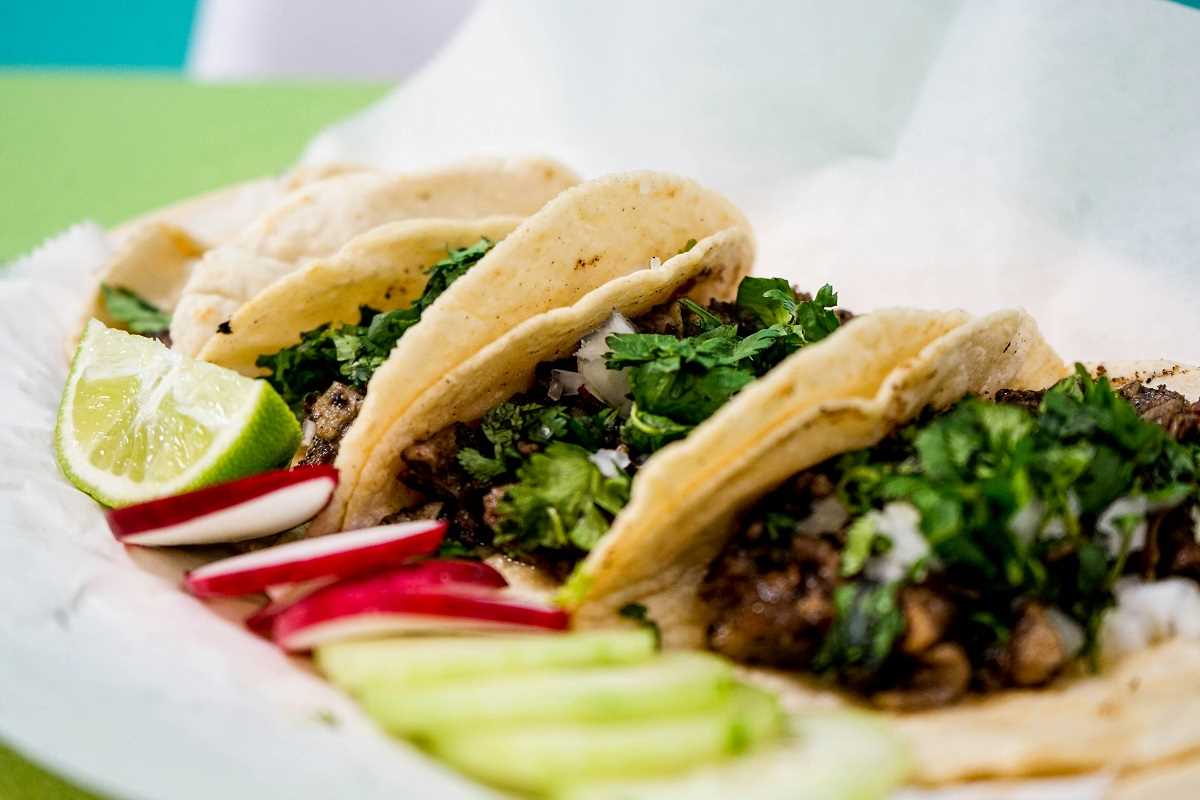

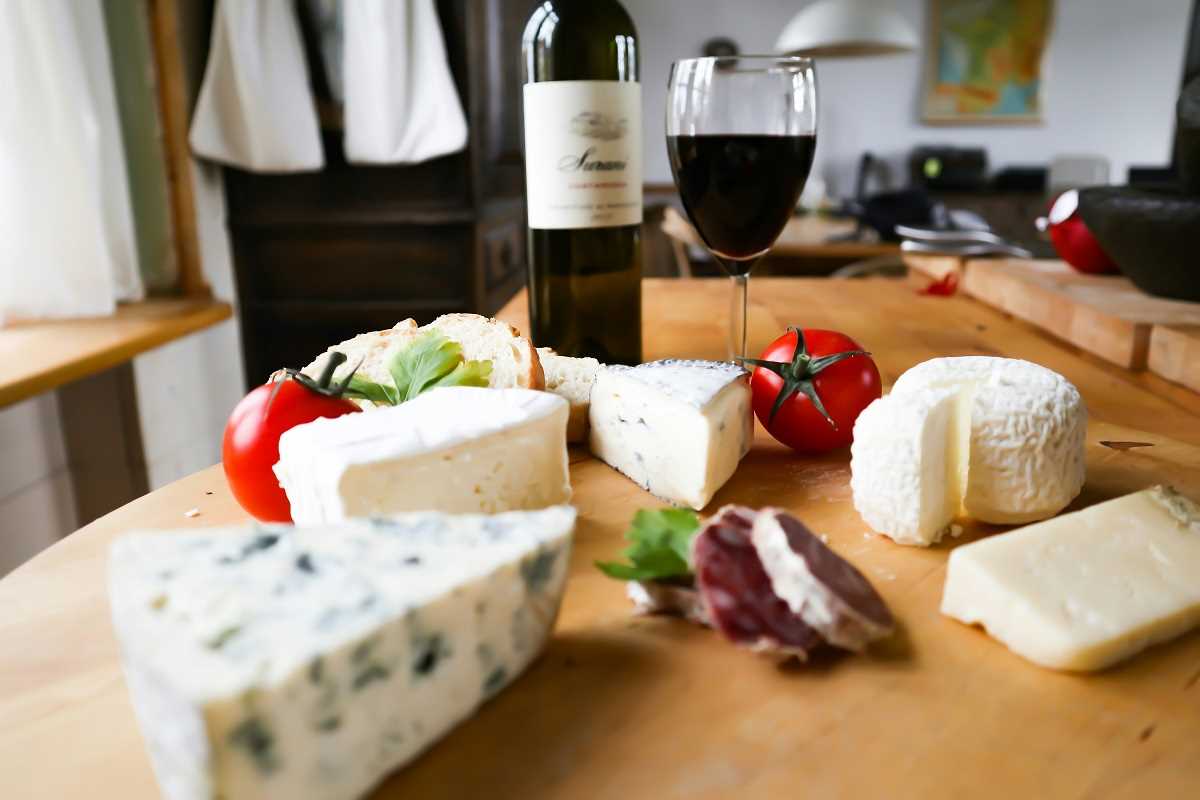

.jpg)
